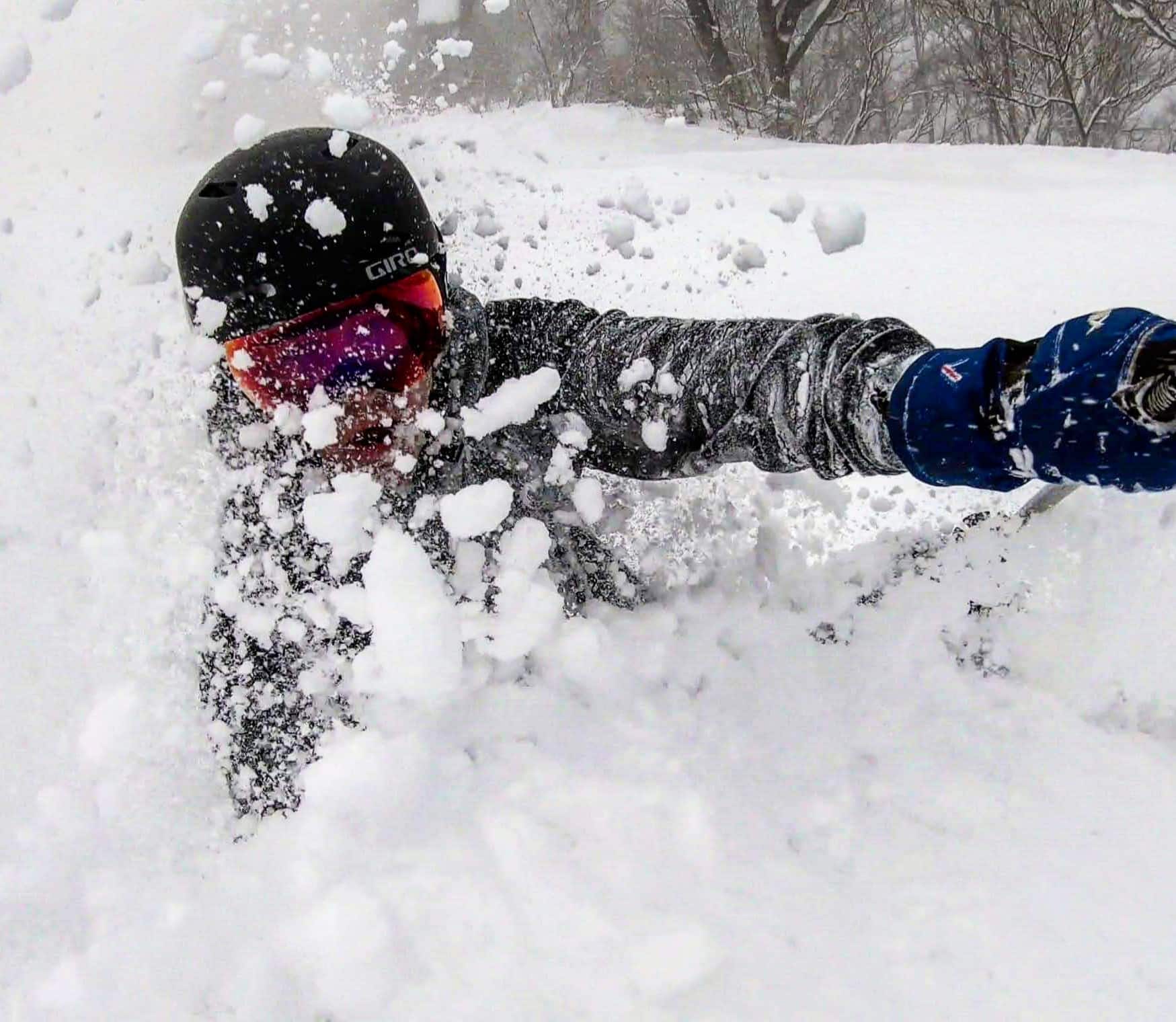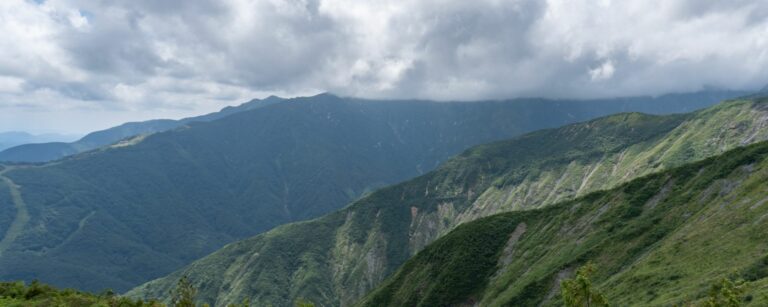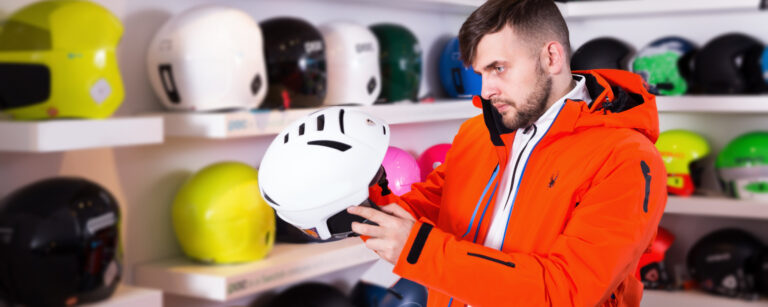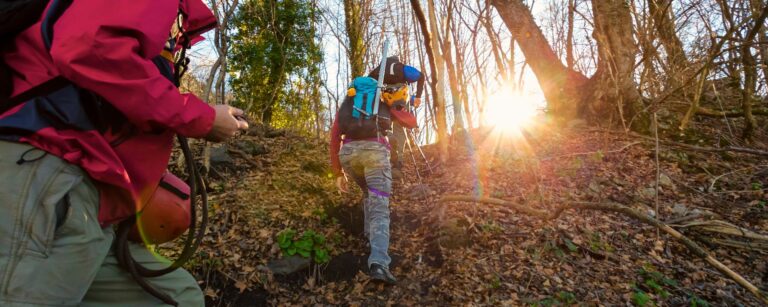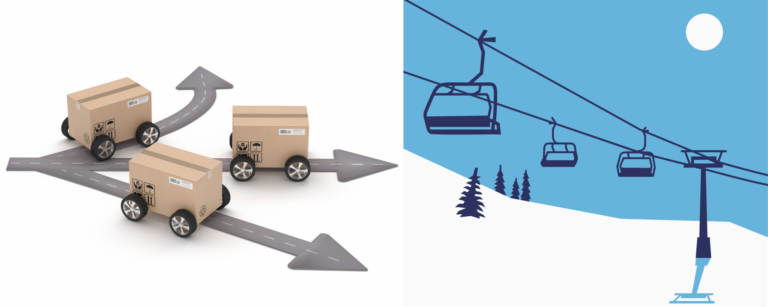How To Ski Powder – 5 Pro Tips
Shrouded in billowing snow, you weightlessly float through fresh powder. Every turn feels like you are in a soft cloud as you pop from one to the next. It’s addictive; once you’ve had a taste, you crave the next hit. You will do everything you can to find fresh powder.
The truth is, most people don’t actually know how to ski powder. They don’t feel the freedom and pure joy of powder. Instead, they feel trapped in the snow; they can’t turn and eventually fall over.
Everyone dreams of the pow turns just like in the movies, but unless you’ve lived near the mountains and have had lots of experience powder skiing, you’ve never had the opportunity to learn. While powder skis can help, learning proper technique will make a big difference in how much you enjoy skiing powder.
Before moving to Japan, in over 30+ seasons of skiing, I had less than a dozen powder days total. Skiing powder on a trip to the mountains was hit-and-miss. I didn’t have the chance to learn. Moving to Japan changed all that. Since moving to Japan over 5 years ago, I ski 40+ days of pow a season.
How to Ski Powder?
After hundreds of days of powder skiing and thousands of teaching hours, I have boiled down how to ski powder into these 5 pro tips. These tips are the basis of how I teach any powder ski lesson.
5 Pro Tips for Powder Skiing
- Create a Base of Support
- Feel The Float
- Shift Your Weight To Steer
- Speed is Your Friend
- Time The Pop
1) Create a Base of Support
While the fundamentals of skiing are the same regardless of conditions, there are some critical differences in how you approach different types of snow. How you balance and push on your skis changes when you are skiing soft sow vs. hardpack.
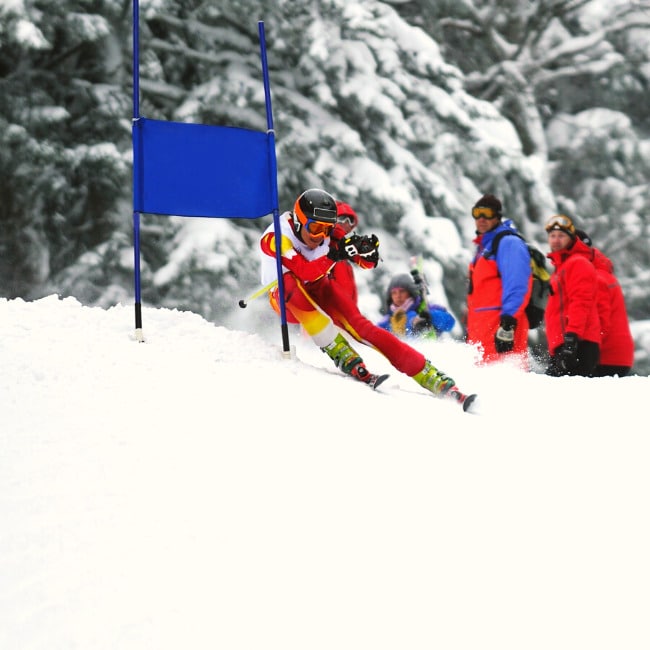
When you ski on groomed slopes, the snow holds up when you push against it. It’s like standing on a wood floor; as long as your feet don’t slide sideways, you can press on the floor as hard as you like. If you look at a racer, their skis are often quite far apart. This is because they must manage the pressure built up in their skis. The snow resists the forces allowing them to heavily weight the outside ski without having the ski sink into the snow.
Powder snow behaves differently. It’s soft. When you push on powder snow, your skis sink. If a racer tried to ski powder like they do a race course, they would find their outside ski sinking into the snow. Their ski would submarine under the surface and throw them off balance.
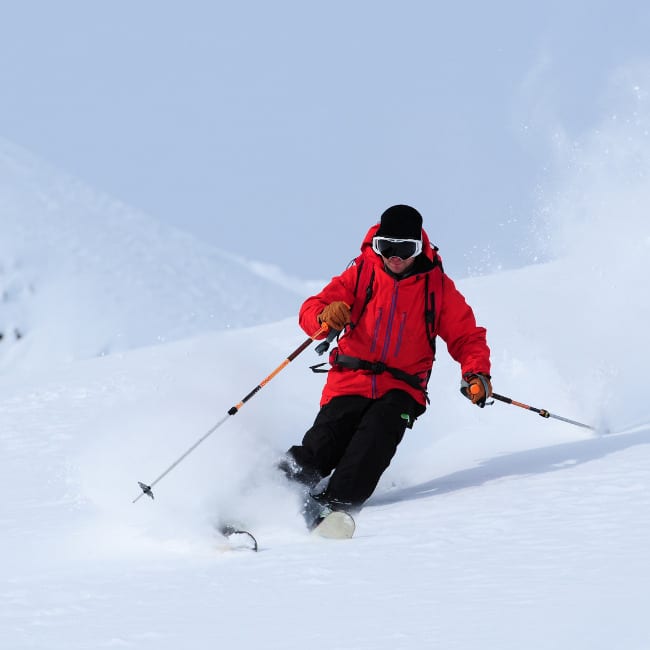
To ski powder, keep your feet together. Think of your legs as a single unit that moves as one. Your legs act like a piston that moves up and down to absorb and extend throughout your turn. With your legs together, your skis function almost as one. Float increases, and you are better able to balance equally on both skis.
2) Feel The Float
Until your skis float in the powder, you won’t feel truly comfortable. When the tips of your skis are under the snow, it’s hard to steer. Your skis will feel sluggish and trapped by the snow. Every movement feels like you are being thrown off balance.
It’s time to get those tips out of the snow and feel like you are surfing the pow instead of stuck in it. The following hopping exercise will help you get the tips of your skis above the snow.
Exercise
Find a moderate slope (a blue run will suffice) with a reasonable amount of powder (boot deep will do the trick). Point yourself roughly 45 degrees down the slope and ski in a straight line. As you slide, perform quick micro hops. The goal with each hop is not to come off the snow; think more that each hop allows your skis to rise up slightly in the snow until your tips are above the surface and you begin to plane.
To take the exercise to the next level, as you hop, think of pushing your feet forward slightly before and then pushing off with your heels. As you rise up, pull the tips of your skis up with your toes. This is very similar to how you ski moguls.
As your tips rise out of the snow, your skis will feel light and mobile instead of trapped. Next, let’s learn how to get those skis turning.
3) Shift Your Weight To Steer
Turning in powder can be a challenge. If you initiate your turn with your upper body, your skis will get left behind, and you will be thrown off balance. The key to turning in powder is to shift your body weight from the downhill foot to the uphill foot and then wait for gravity to do the rest of the work. As you get more comfortable, you can begin to steer with your legs, but to begin with, we will focus specifically on the body weight transfer.
Exercise
We start this exercise the same way as the previous one, by sliding at 45 degrees down a blue slope. Hop until the tips of your skis are above the snow. Now slowly shift the weight from your downhill ski to the uphill ski. Think of shifting your weight from one foot to the other as you would when pedaling a bike. As your weight transitions from the downhill ski to the new ski, you will begin to turn down the hill. As you turn through the fall line, add more weight to the downhill ski and allow your leg to rotate underneath you while your upper body stays stable.
In the beginning, this may feel quite awkward. You may shift your balance too much or too little. You may have your upper body rotated up the hill (you should be looking where you plan to go, not away from it). The key is to keep practicing. If you’re nervous, perform this exercise one turn at a time and come to a stop between each turn. As confidence grows, try multiple turns together, shorten your turns and start to speed up.
4) Speed is Your Friend
As you get more comfortable with the feeling of floating and the feel of shifting your weight to initiate your turns, you can start to add more speed.
Most beginners powder skiing do big Z-shaped turns, zig-zagging across the hill. They are afraid to head straight down, lack control, and can’t turn when they want to. After each turn, they dump as much speed as they can, almost coming to a stop and often falling over. (If you followed steps 1 – 3, that shouldn’t be a problem anymore)
However, in powder, speed is your friend. Speed helps you float. The more speed you have, the more your skis will plane, and the easier it is to turn. In the beginning, this mostly comes down to confidence. The more confident you are, the faster you can ski.
Start on an easy run and face directly down the hill. Try to ski to the bottom of the run without stopping once. Perform turns consistently; you can count between turns and force yourself to turn every 5 seconds. As you become more comfortable, you will start to speed, and it will be easier to ski.
5) Time The Pop
Now that we have the basics, it’s time to take it to the next level. It’s time to get those skis out of the snow and get you popping from turn to turn.
To pop, we need to learn to slowly build pressure towards the end of the turn and then release that pressure while you draw your legs up towards your body. The good news is this is very similar to the hopping exercise we did before, except now you have to time your hops with your turns.
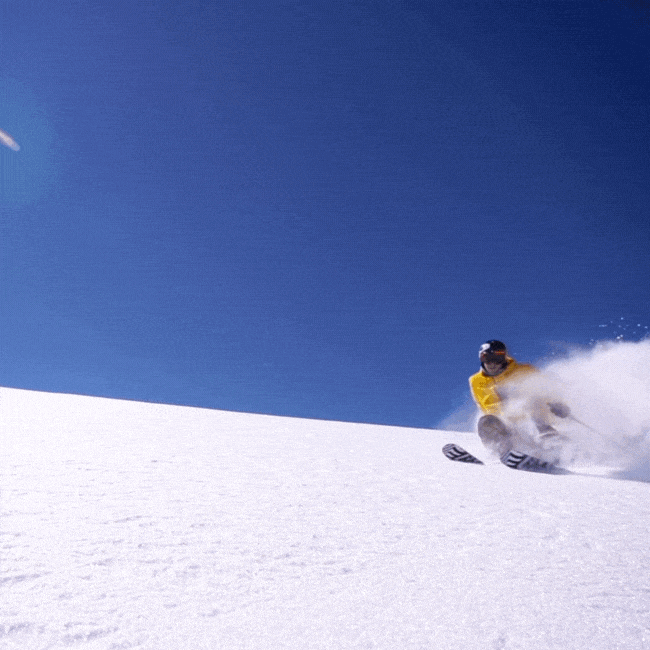
From the middle of the turn, extend your legs into the powder. As you transition to the next turn, release the pressure and suck your legs up underneath you. When you time it correctly, your legs will come up and out of the snow, allowing you to pivot and start your next turn in the air.
If you have skied mogul rut lines before, the feeling and timing are similar to absorbing the bump and extending into the trough. The difference is there are no moguls; you are making your own moguls as you go down the hill, extending and retracting your legs. This is how you ski bottomless powder.
FAQ
How do you ski powder for the first time?
- Create a Base of Support
- Hop to make the ski float
- Shift your weight to turn
- Speed is your friend
- Learn to time the pop.
Is skiing in powder harder?
For many people, skiing powder is more challenging than skiing on piste. Most people find it tiring, and they fall over in deep snow. When skiing powder, you balance and use your skis differently. Without practice, skiing powder is challenging.
Should you lean back when skiing powder?
As a ski instructor, the answer to this is NO. You shouldn’t have to lean back to get your skis to float in the powder. Leaning back is hard on your thighs and your knees. But as with every rule, there are exceptions. Leaning back does have its place. There are times when the snow is too deep, and if you don’t lean back, you just can’t float. You need to be able to modify your skiing to deal with all terrain and conditions.
Ankle Deep vs. Waist Deep Snow
Ankle-deep snow is relatively easy to ski. The biggest challenge is maintaining balance as your skis move in and out of the powder. You need a solid core to stay centered and not let the snow throw you into the back seat. In ankle-deep powder, you ski on the snow underneath. You can generally ski this as you would usually, as long as you maintain your balance.
Waist deep powder, however, is a different beast. In waist-deep powder, you won’t feel the bottom anymore; if you push too hard, in the wrong way, you just sink. To ski deeper powder, you speed and good pop. It also needs to be steep enough to maintain your speed.
Always Push, Never Pull in Powder
This is one of the first things I tell my students. When skiing in powder, never pull your skis. If you pull on your skis, the snow on top of your skis resists the motion. It will cause your ski to go in the opposite direction you intended. This is how skiers often twist their knees or get hurt in powder.
Stay In The Fall Line
The fall line is your friend. Face down the hill and go for it. On a powder day, the snow slows you down more than you realize. It’s hard to keep your speed up. Speed is your friend; stay in the fall line, and skiing powder is easier.
The Benefit of Powder Skis
I left this to last because you don’t actually need powder skis to enjoy a powder day. I often ski 30cm+ of powder on a 70mm waist, 170cm length ski. It is possible, and it can be lots of fun.
However, a powder ski will make everything easier. The wider the ski, the easier it floats. If you learn on a non-powder ski and then switch, you will feel like it’s cheating, and in some ways, it is. That said, I own pow skis, and I love ’em; they just aren’t mandatory. The narrower the ski, the better your technique needs to be.
Powder Snow Safety
One of the most important things you can do when skiing powder is to be aware of avalanche conditions and know how to stay safe. Make sure you are properly equipped with an avalanche transceiver, probe, shovel, and backpack. Check the avalanche forecast before you go, and take a course, so you know how to travel safely in avalanche terrain. You should wear a ski helmet, and collapsable poles are very helpful when in the backcountry.

